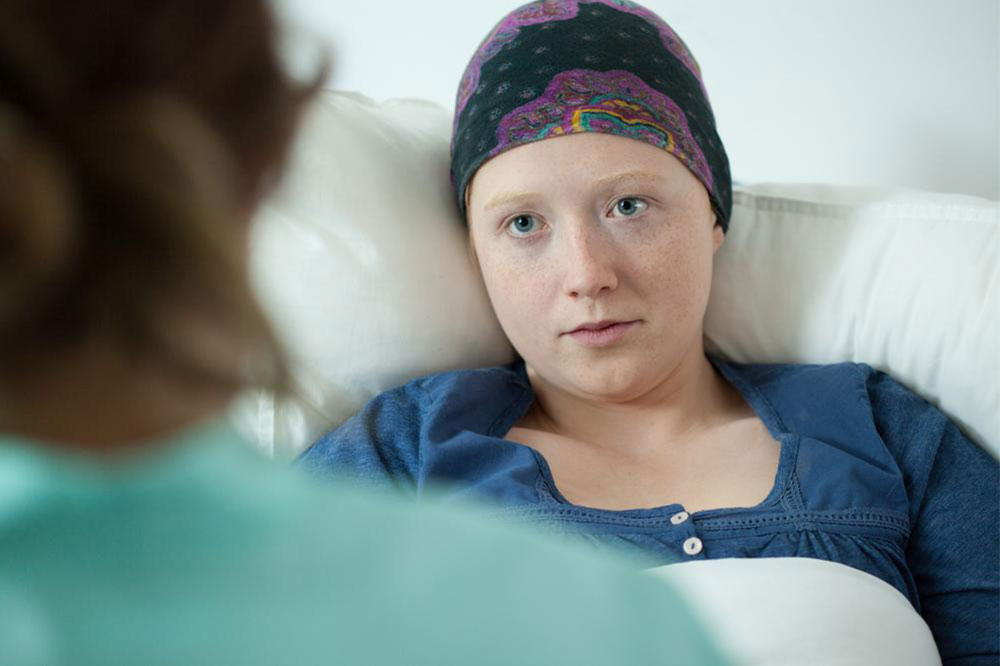
Early Warning Signs of Leukemia
Leukemia is the cancer of the white blood cells and is commonly found in children than in adults. In this condition, the bone marrow increasingly develops abnormal white blood cells that don’t perform its function of potently fighting infections. The white blood cells multiply and crowd out the other cells that the body needs to function at its best. Watch out for signs like frequent bruises on the skin, fatigue, and more symptoms associated with leukemia are listed below.
Anemia
Lack of red blood cells and too many abnormal white cells can cause anemia. The patient with anemia may experience dizziness, headaches, pale skin, shortness of breath, and constant feeling of tiredness.
Frequent infections
When the increased number of abnormal white blood cells outplay the healthy ones, the body slows down and struggles to even fight simple cold and flu. The weak immune system cannot fight infections at a 100% and can result in recurring infection which can further cause swollen glands fever.
Easy bruising and bleeding
A low platelet count makes it hard for the body to stop bleeding as it normally would because the blood doesn’t clot. In this case when the patient is bruised, their cuts or scrapes bleed for a long time. It’s also common for patients to experience bleeding gums and nosebleeds.
Bone and joint pain
The white blood cells multiply in the bones and invade lymph nodes, spleen and liver causing more discomfort to the patient. This condition causes joint pain, swollen lymph nodes or swollen belly, difficulty breathing or cough, and weight loss.
Enlarged liver or spleen
When the abnormal white cells build-up in the liver or spleen, it causes retention of fluid that swells up the left side of the abdomen. This condition causes a feeling of fullness in a patient that results in loss of appetite.
Night sweats
The body tends to turn up its inter thermostat to fight against cancer and this is part reason for night sweats. Also, patients are more prone to flu and fever that also contributes to night sweats.
These conditions are characterized as side effects of the disease and potential signs of leukemia. Some of the risk factors that are associated with the disease include:
- Old age
- Familial history (immediate family member like parent or sibling affected by leukemia)
- Radiation and chemotherapy from other treatments
- Smoking
- Exposure to chemicals like Agent Orange (a herbicide and defoliant chemical used by the military) and benzene
- Exposure to high radiation
When the patient suffers from fever that doesn’t go away, frequent and prolonged infections and unexpected weight loss, it’s time to see your doctor. The survival rate of patients with leukemia may vary depending on the type leukemia, severity of symptoms, stage at which it’s diagnosed and the age of the patient are some considering factors.


